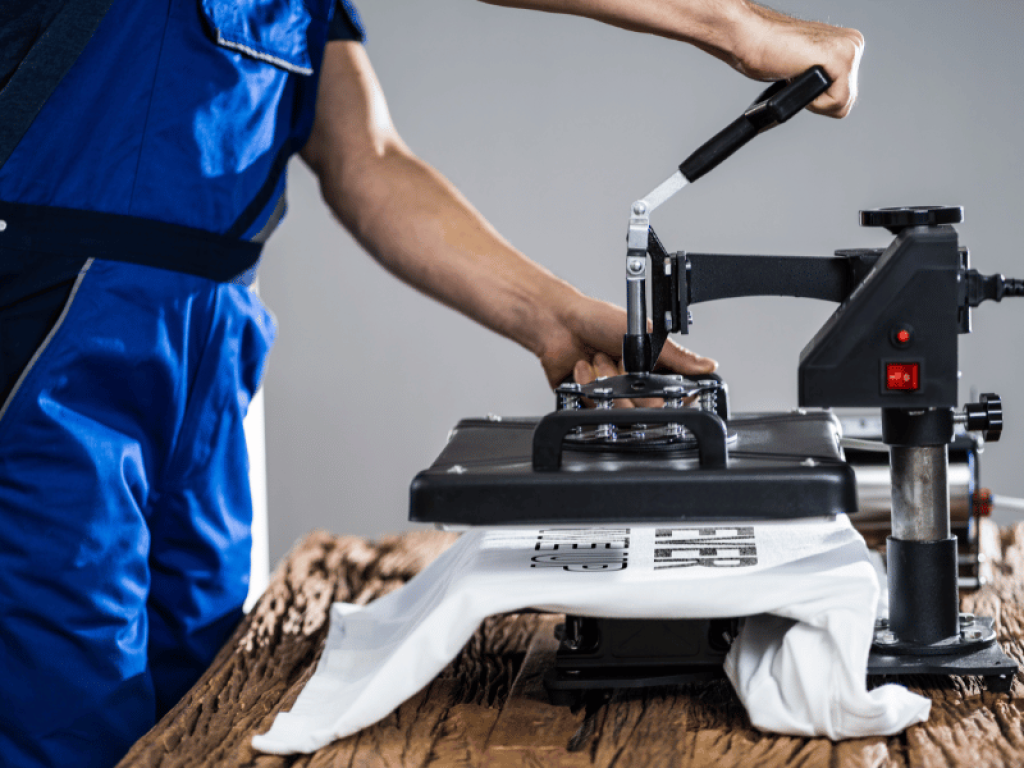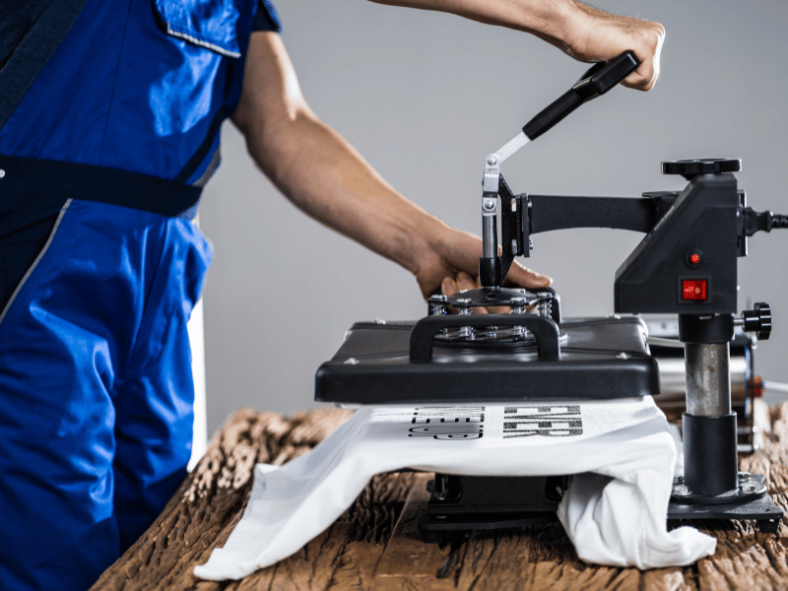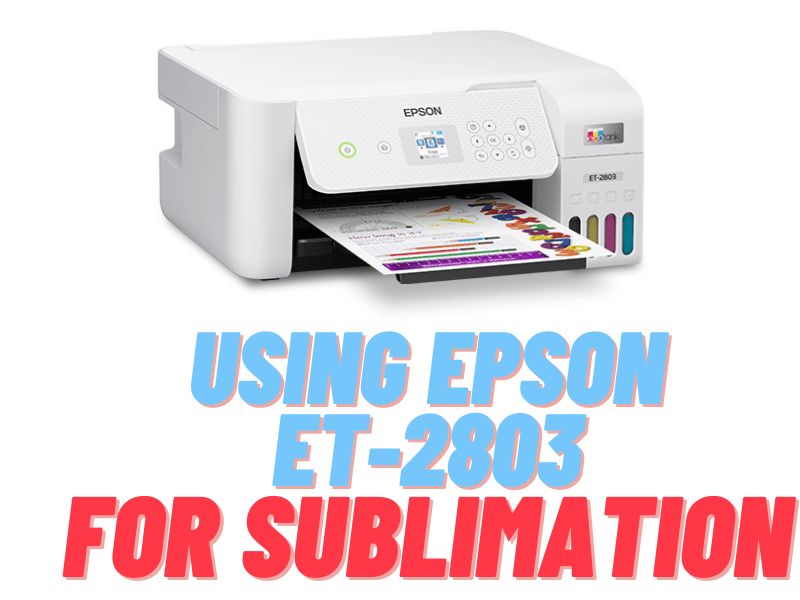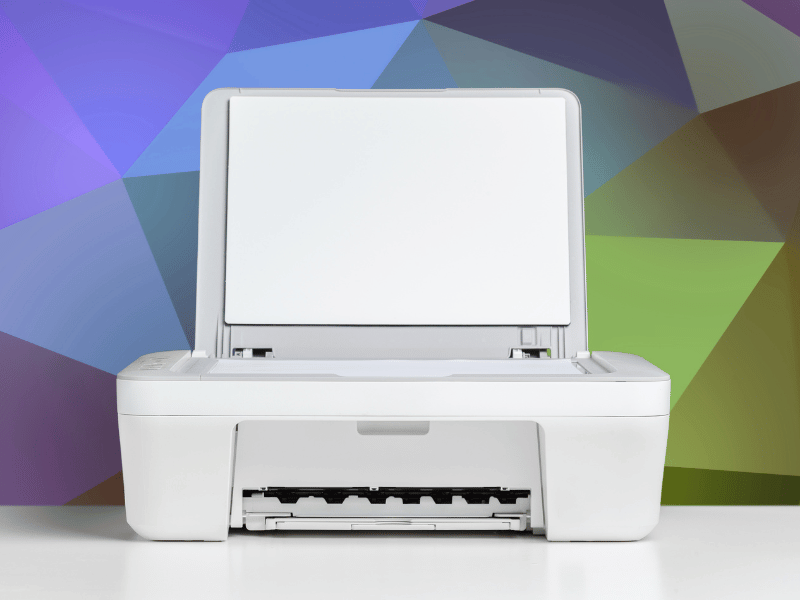Sublimation printing is a popular printing method used to create high-quality, durable, and vibrant prints on a variety of materials such as fabrics, ceramics, and metals. While the process of sublimation printing may seem straightforward, there are some tips and tricks that can help ensure a successful print.
Here are some tips and tricks for successful sublimation printing:
1. Choose the Right Materials
Sublimation printing works best on materials that are made of polyester or have a polyester coating. When selecting materials for sublimation printing, it’s important to choose high-quality, durable materials that can withstand the heat and pressure of the printing process.
2. Use High-Quality Inks
Using high-quality sublimation inks is essential for achieving vibrant and long-lasting prints. Low-quality inks can lead to poor color saturation, bleeding, and fading over time. Be sure to use inks that are specifically designed for sublimation printing and are compatible with your printer.
3. Calibrate Your Printer
Before starting the printing process, it’s important to calibrate your printer to ensure accurate color reproduction. This involves adjusting the color profile and settings on your printer to match the colors of the original image. This will help ensure that the final print matches the original design.
4. Pre-Press Your Materials
Pre-pressing your materials before printing can help remove any moisture or wrinkles, which can cause the ink to bleed or result in uneven prints. Use a heat press to pre-press your materials for a few seconds to ensure they are flat and dry before printing.
5. Use the Right Heat Press Settings

The heat press settings can have a significant impact on the quality of your sublimation prints. Be sure to follow the manufacturer’s recommended settings for the specific material and ink being used. The right temperature, pressure, and time settings will help ensure a successful print.
6. Test Print and Adjust
Before printing the final design, it’s a good idea to do a test print on a small piece of material to ensure that the colors and design are coming out correctly. If necessary, adjust the color profile, ink density, or other settings to achieve the desired results.
7. Handle with Care
After the printing process is complete, it’s important to handle the finished product with care to ensure the longevity of the print. Avoid exposing the printed material to harsh chemicals or abrasives, and wash and dry according to the manufacturer’s instructions.
8. Choose the right transfer paper:
There are different types of transfer paper available for sublimation printing, including coated and uncoated paper. Coated paper is designed for use with sublimation ink and will produce a better transfer than uncoated paper.
9. Consider the color of your substrate:
The color of your substrate can affect the color of the final print. For example, printing a light-colored image on a dark-colored substrate may result in a faded or dull image.
10. Use a calibration print:
A calibration print is a test print that helps you adjust your printer’s settings to achieve the best possible color accuracy. Use a calibration print to fine-tune your printer’s settings before printing your final image.
11. Don’t over-press your substrate:
Over-pressing your substrate can cause the image to bleed or become distorted. Make sure to follow the manufacturer’s instructions for temperature, pressure, and time to avoid over-pressing.
12. Use a protective sheet:
A protective sheet can be placed over the transfer paper and substrate to prevent the ink from bleeding or transferring onto the heat press or other parts of the printer.
13. Use a lint roller:
Before printing, use a lint roller to remove any dust, lint, or debris from the substrate. This will help ensure a clean transfer and a high-quality print.
Don’t touch the image: Avoid touching the image on the substrate after printing, as this can cause the ink to smear or transfer.
14. Store your ink properly:
Sublimation ink should be stored in a cool, dry place to prevent it from drying out or becoming contaminated.
15. Practice and experiment:
Like any printing technique, sublimation printing requires practice and experimentation to achieve the best results. Don’t be afraid to experiment with different substrates, colors, and designs to find what works best for you.




